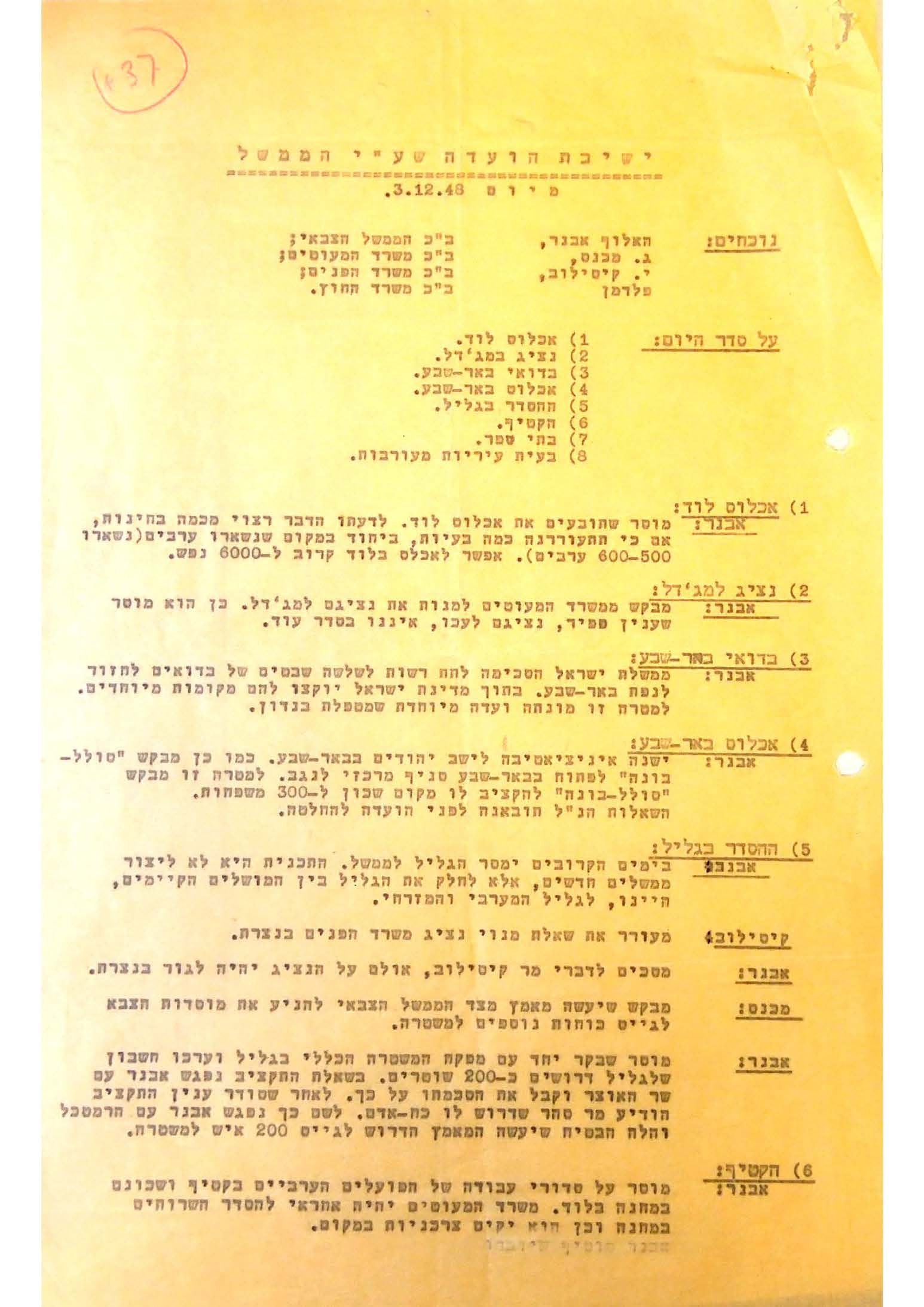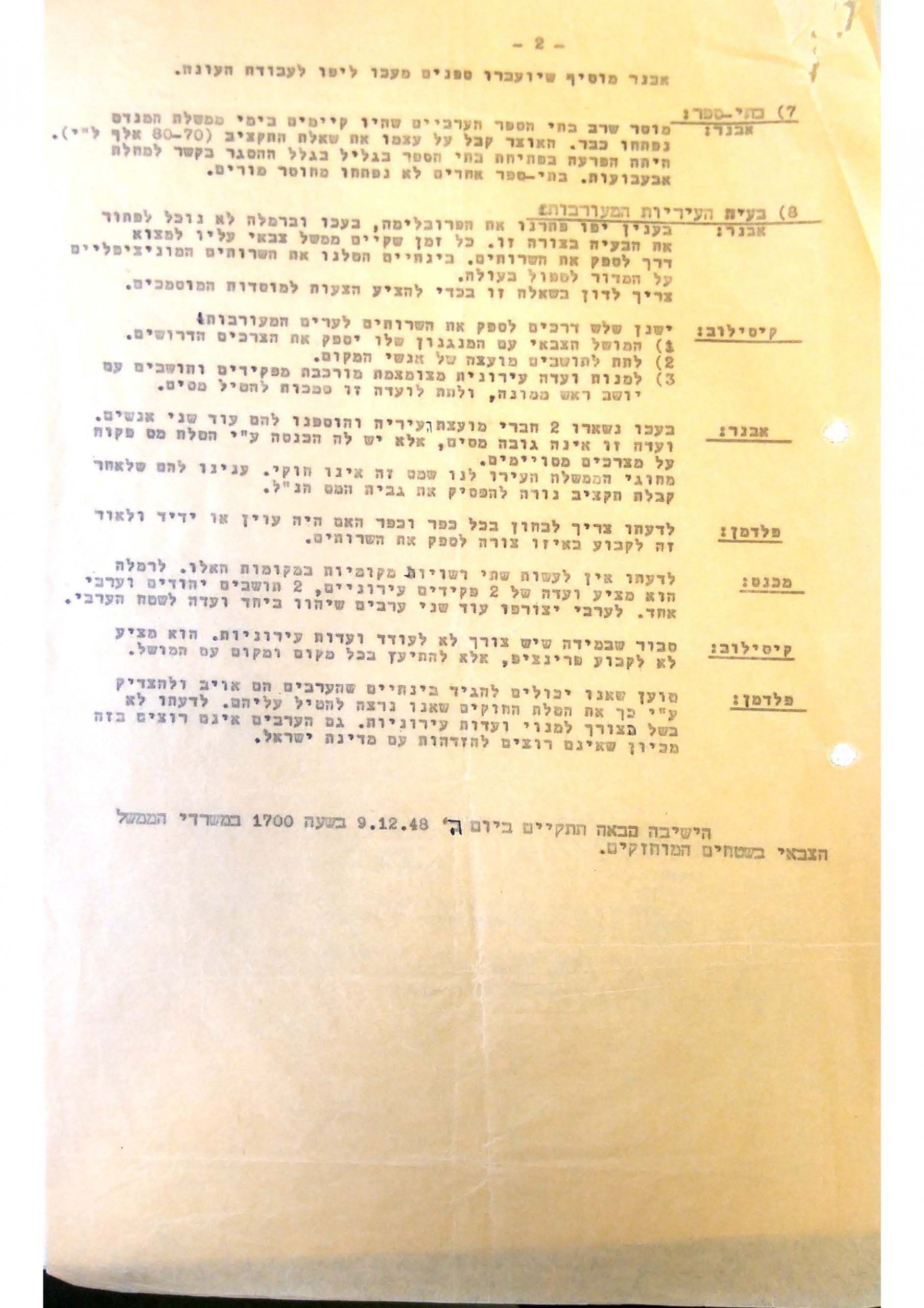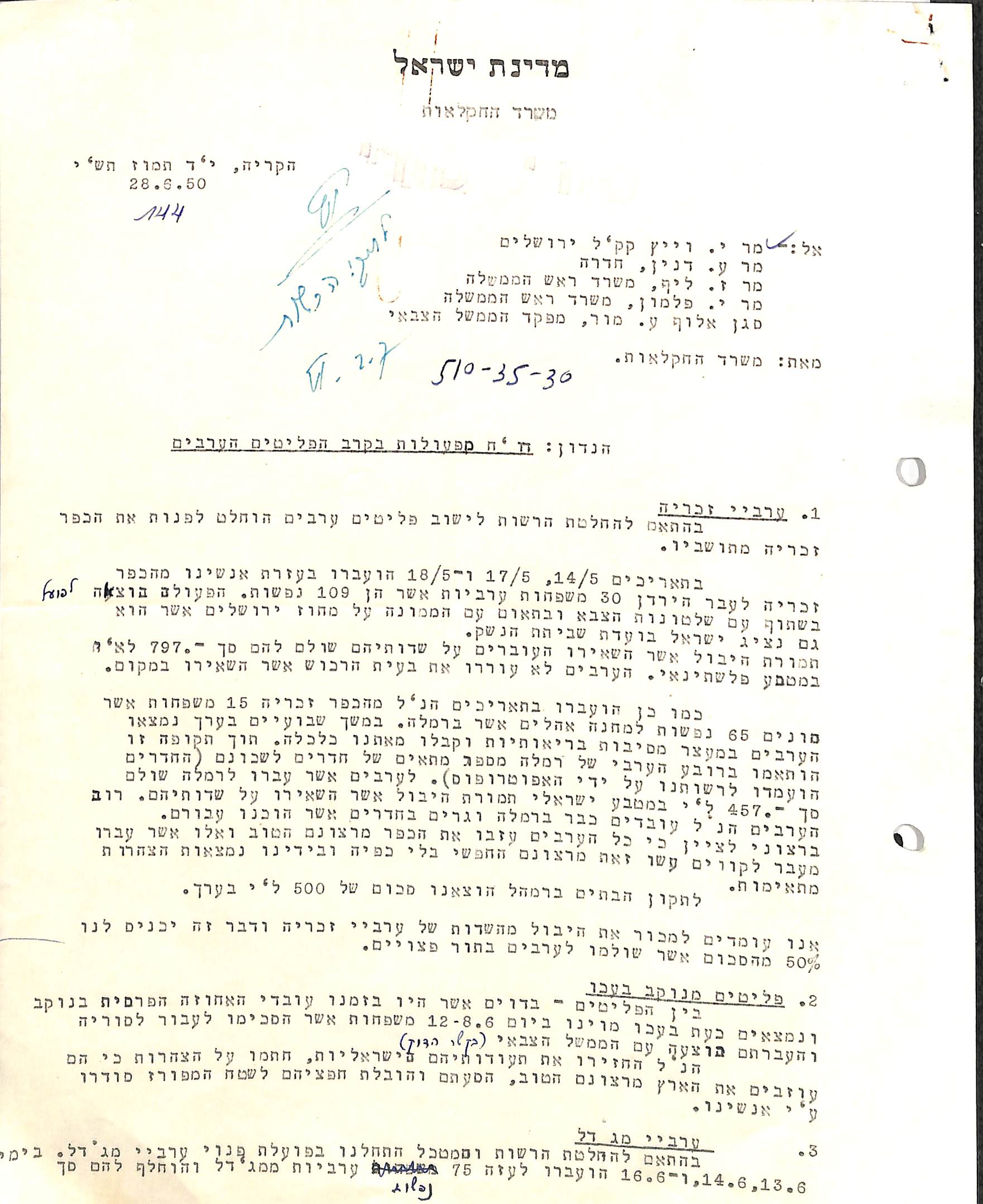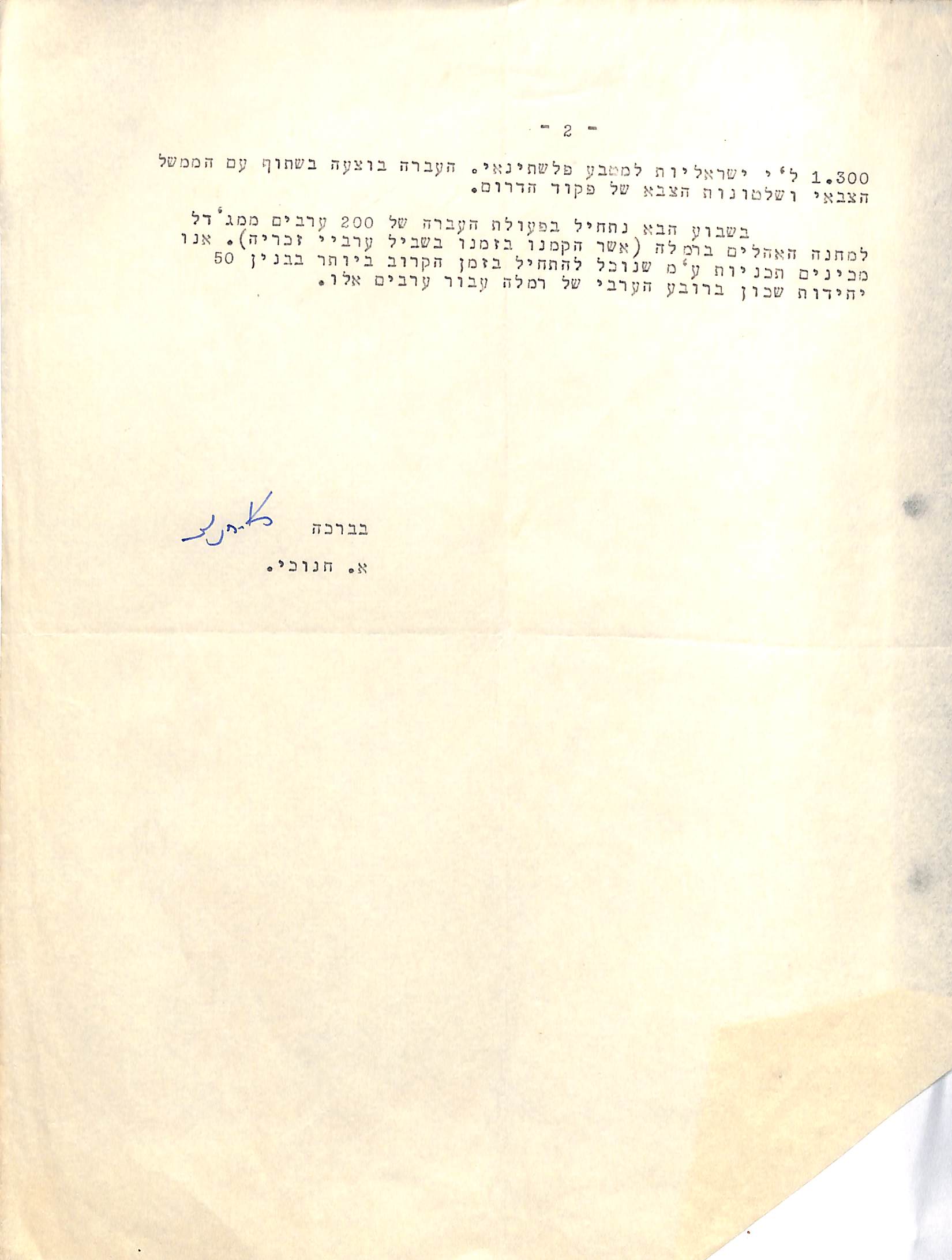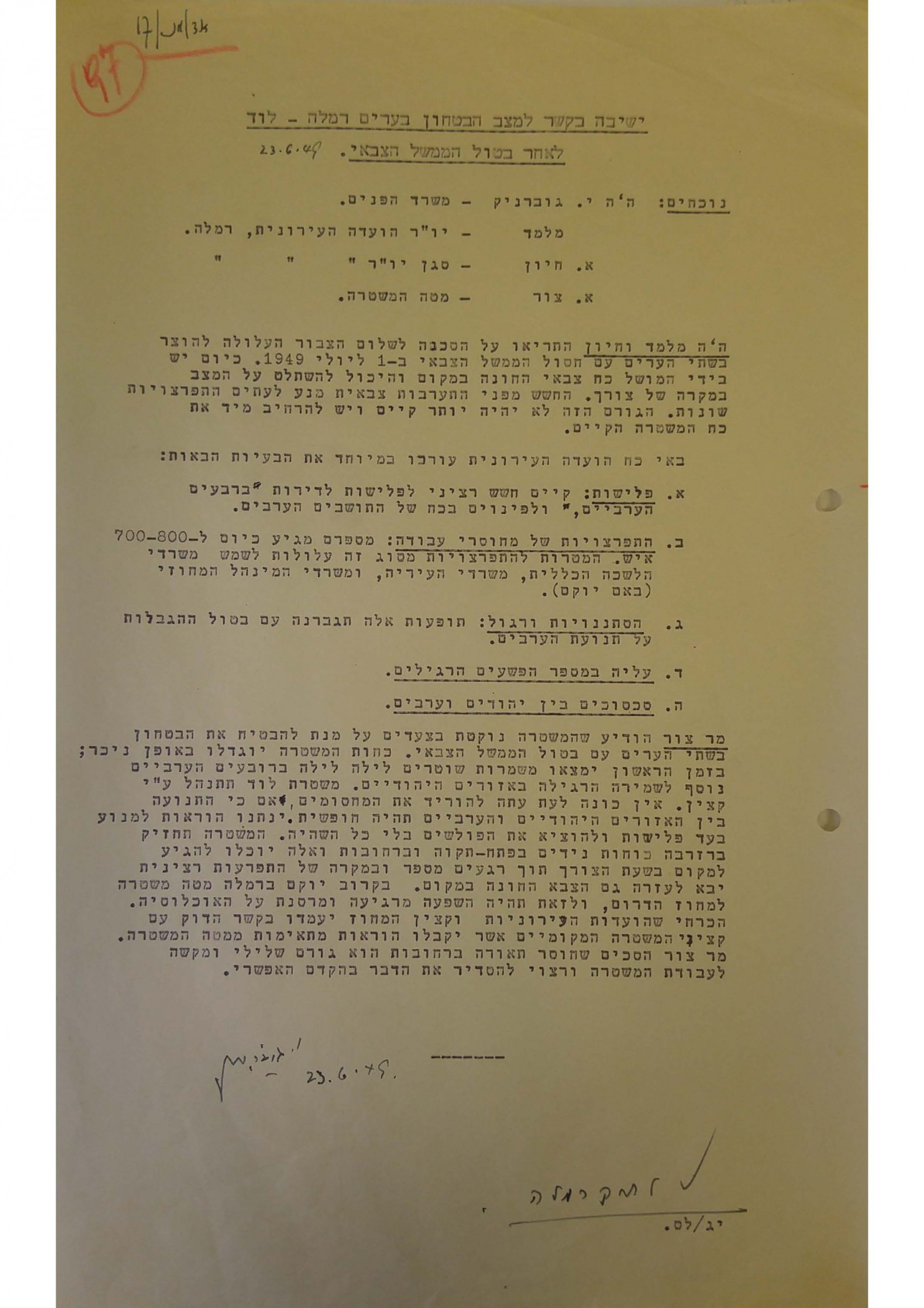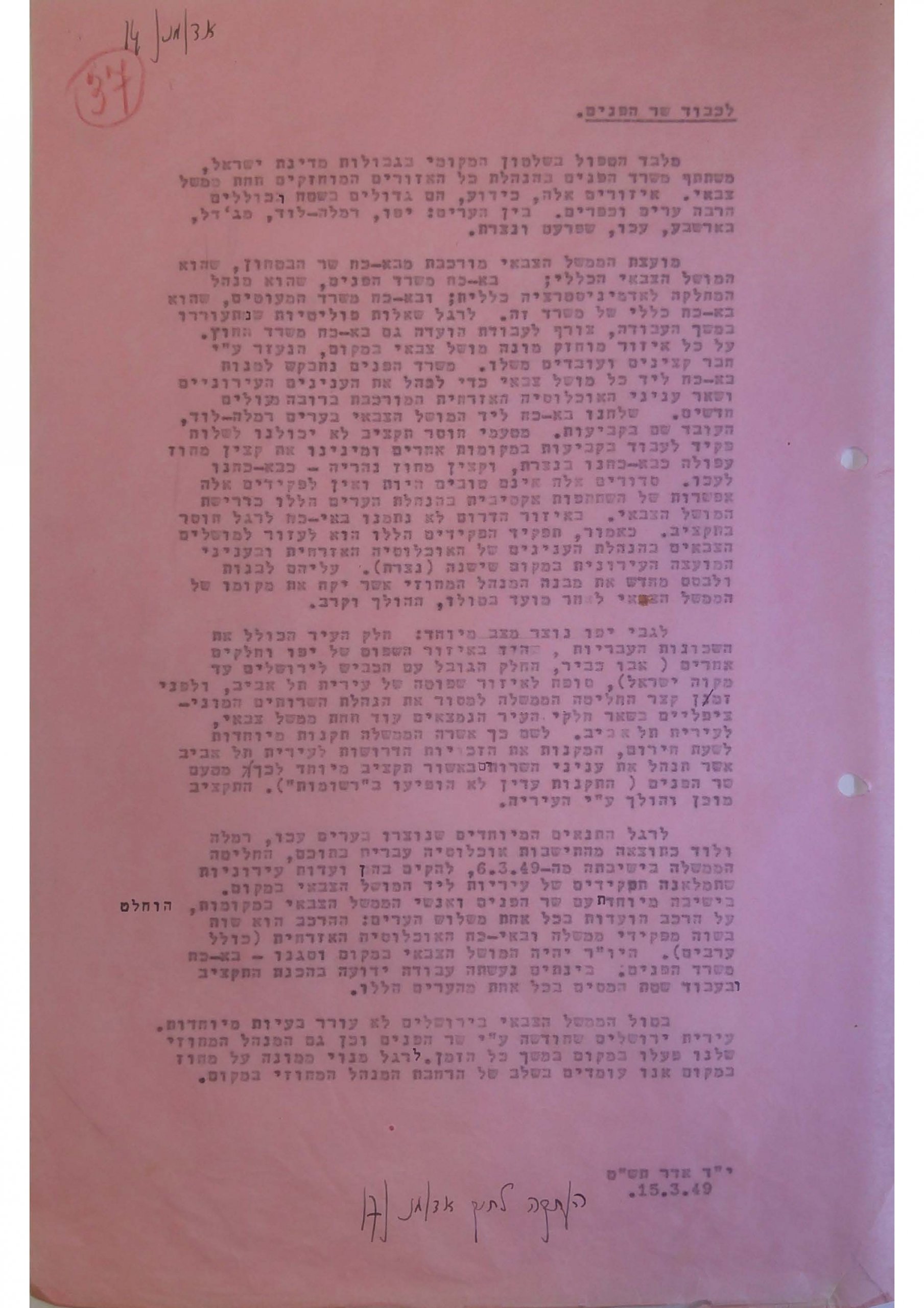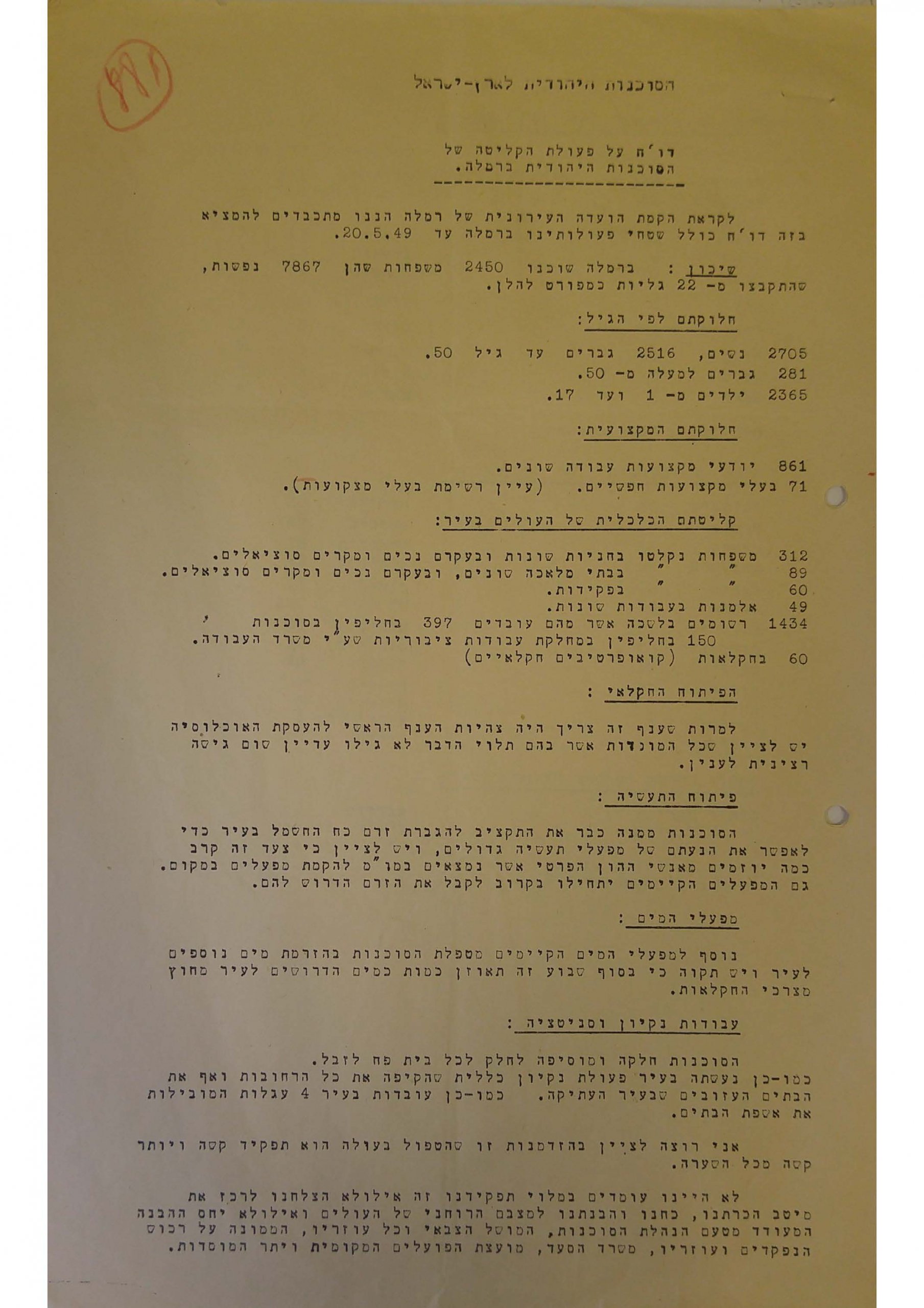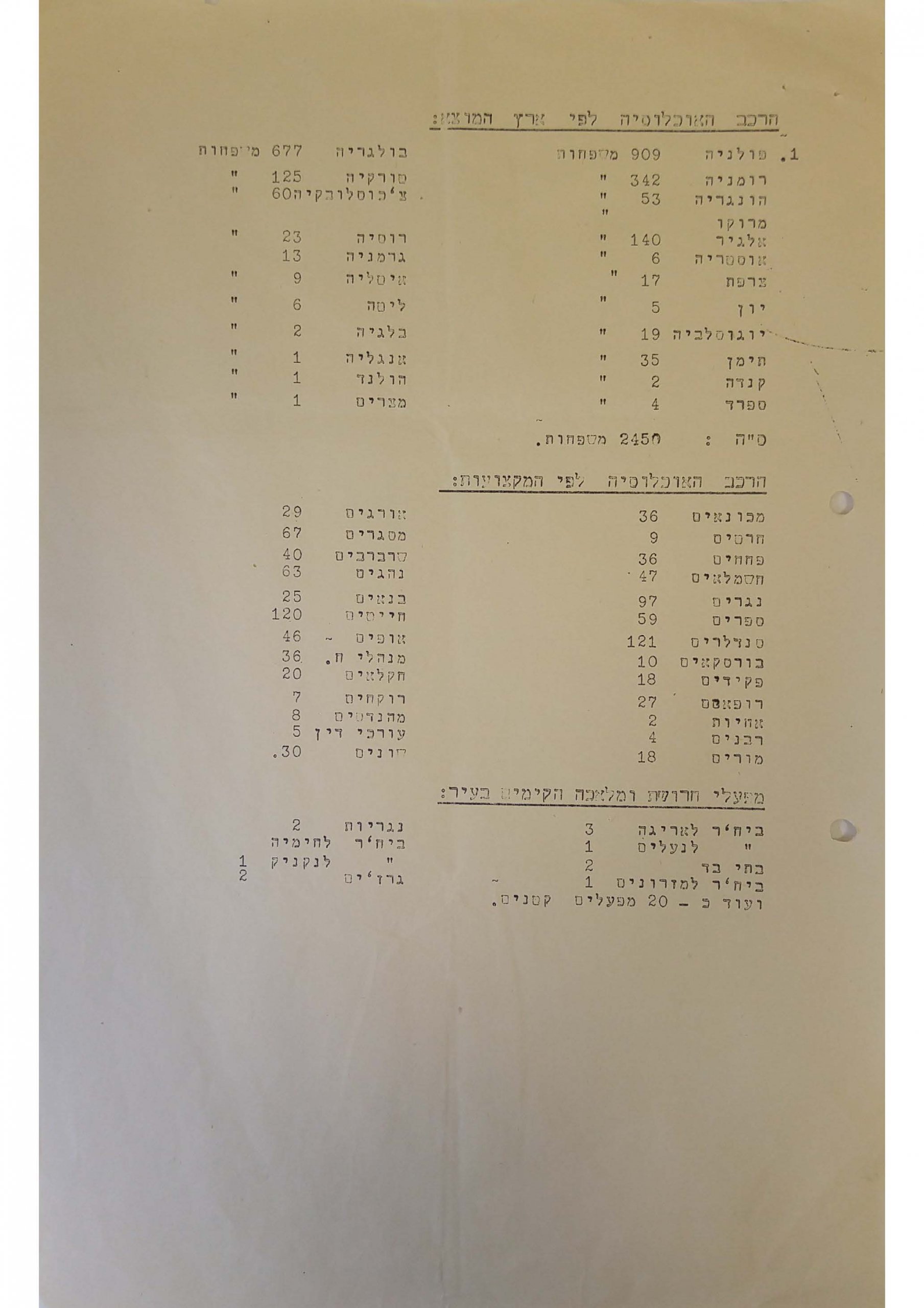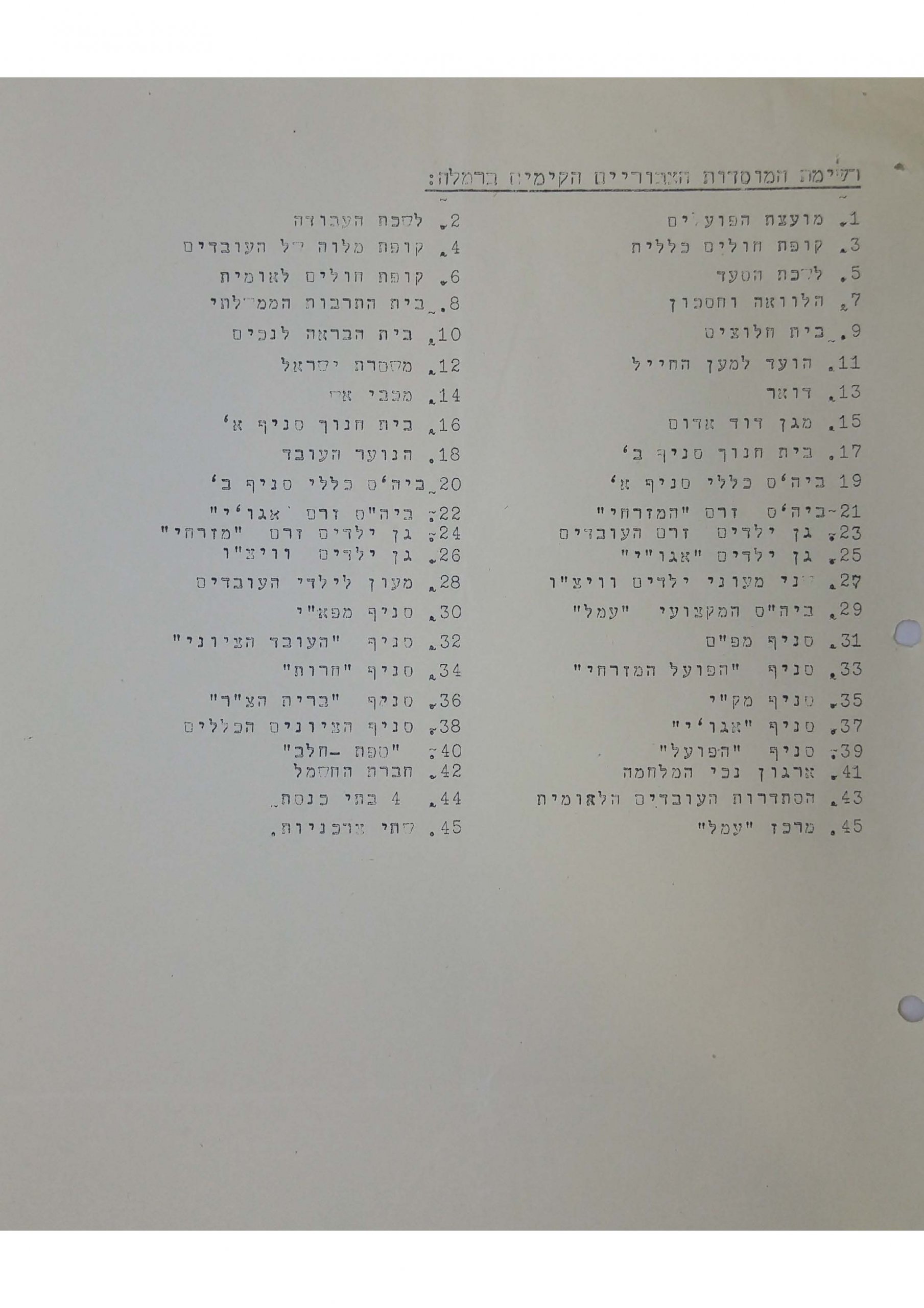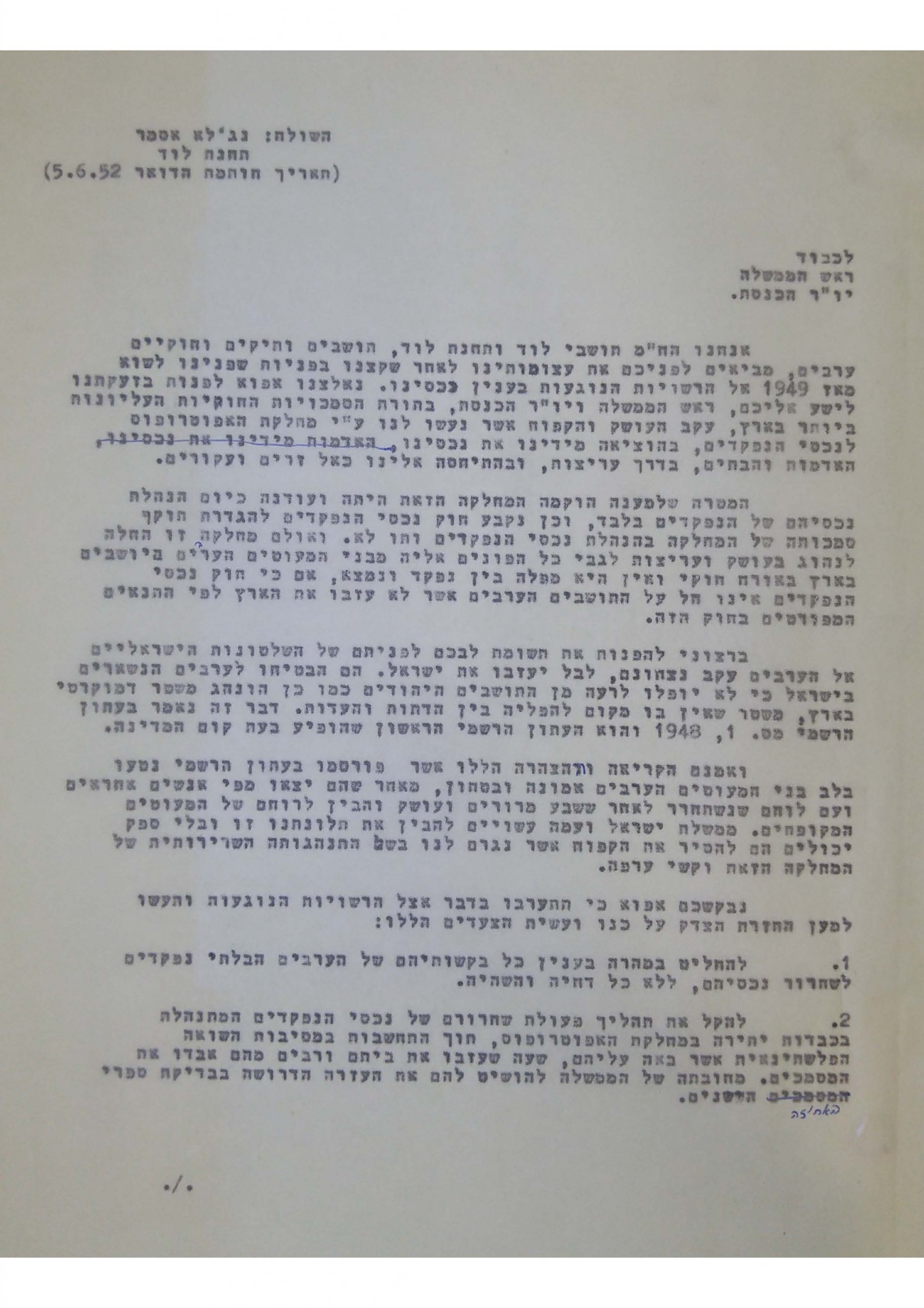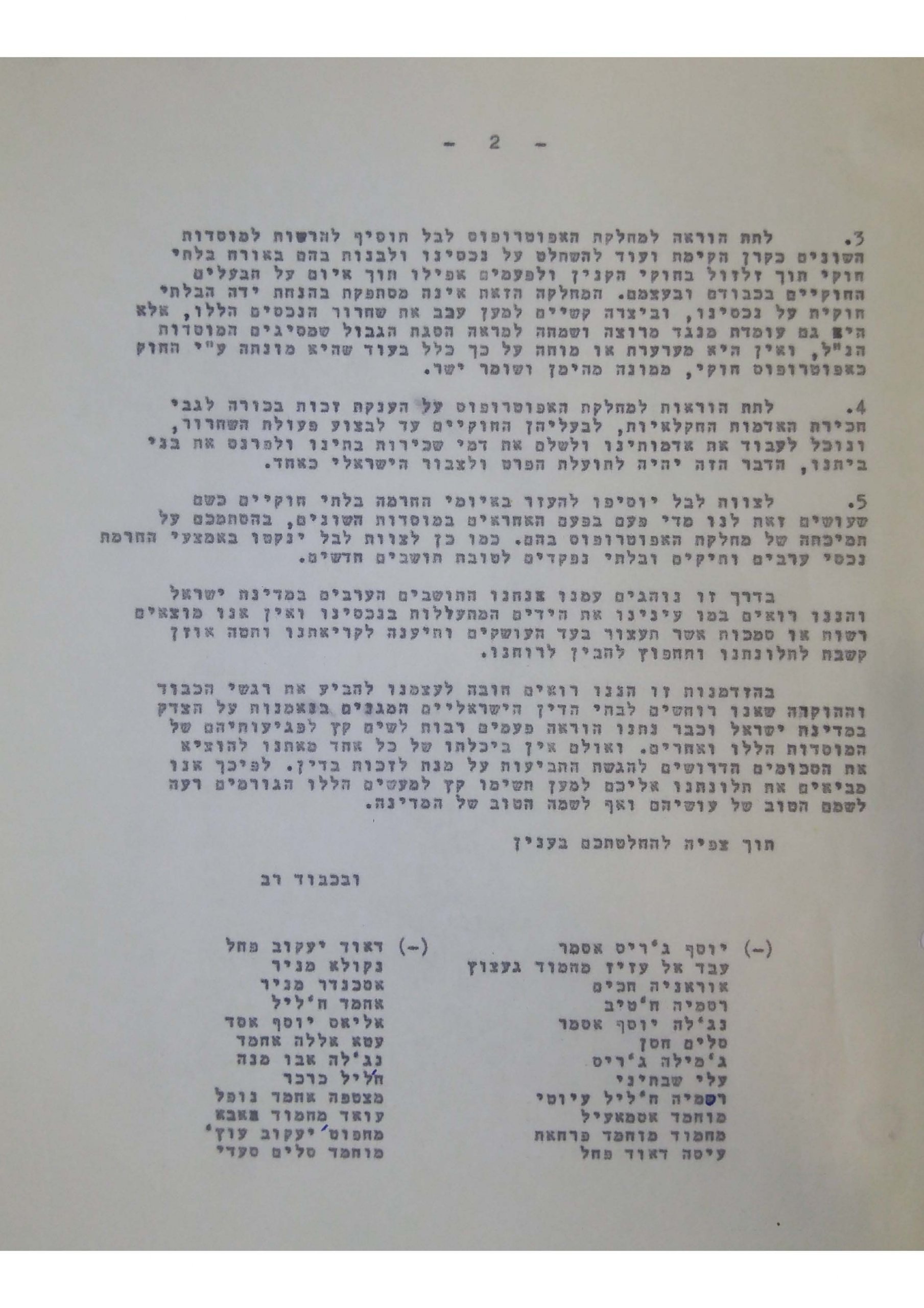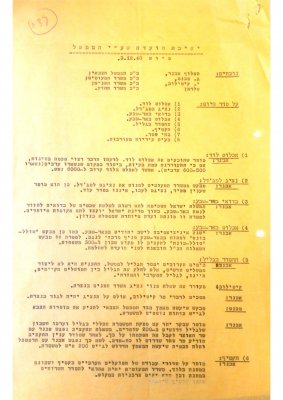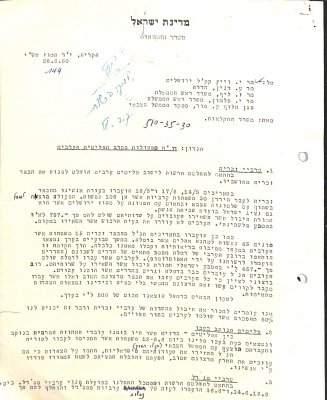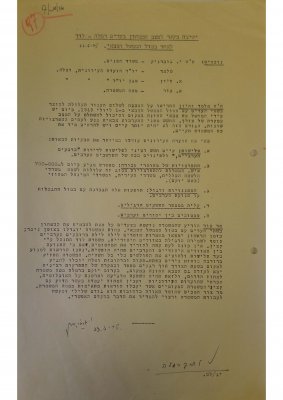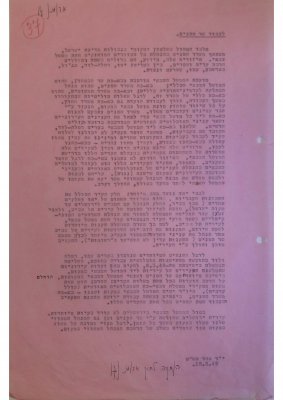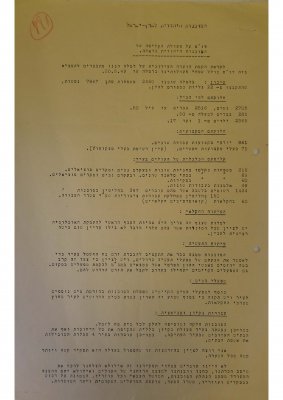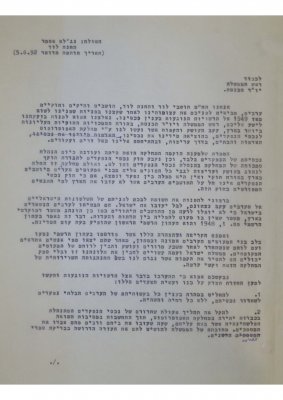The term “mixed cities,” which has been making headlines recently, hides a varied history. Some cities were mixed before 1948, some became mixed immediately after the war, and others have been becoming increasingly mixed due to long lasting socio-demographic trends. A brief overview of what happened in these cities – together with a number of archival documents – can help explain the varying intensities of the tensions that have erupted in the past week.
About ten percent of Israel’s Palestinian citizens live in what are known as “mixed cities,” such as Jaffa, Lod, Ramle, Acre and Haifa. The term “mixed city” is not monolithic, and the different histories of these localities shaped their development. Mixed cities can be divided into three main categories: (a) Some, like Ramle and Lod, were Palestinian prior to 1948 and became mixed after the expulsion and flight of their residents. The small number of Palestinian residents who remained in these cities became a minority as Israel settled new Jewish immigrants in them; (b) other cities, such as Haifa and Jaffa, had both Jewish and Palestinian residents during the British Mandate, and Palestinians became a minority after the war; (c) cities like Nof Hagalil (formerly Nazareth Illit) were built as Jewish communities, and Palestinian citizens have migrated to them over the years. At the other end of the spectrum, other cities that had a mixed population prior to 1948, such as Safed and Tiberias, were left without any Palestinian residents after the war and became exclusively Jewish.
The recent unrest inside Israel has turned the spotlight on mixed cities, particularly of the first category – cities that were Palestinian until 1948, when their residents were expelled. For example, in Ramle and Lod only about 1,000 Palestinian residents remained with the vast majority of them belonging to the poorest and most marginalized segments of society. The lands and property of the thousands of residents who had been expelled from the country were later expropriated by Israel, and personal property they left behind was looted by Jewish citizens. After the war, Israel rapidly settled tens of thousands of newly arrived Jewish immigrants in the homes and neighborhoods left behind. Attempts by Palestinian residents to return to their homes in the cities were aggressively blocked by police and military forces working as part of the Military Government. Stripped of land and property, internally displaced Palestinians from the surrounding villages moved to the city over the years in search of sources of income, joining the few original residents that remained. Now, about 30% of Lod’s residents and 25% of Ramle’s are Palestinian. A similar trajectory unfolded in Acre, which had a population of about 13,000 Palestinian residents prior to 1948 (no Jews lived in the city). Palestinians now account for about 30% of the city’s total population.
Ramle and Lod are the leading examples for Israel’s isolationist and exploitative treatment of its Palestinian citizens – controlling and monitoring movement, creating conditions that produce dependency on the Jewish economy and isolating the Palestinian population from the Jewish population. These policies aimed primarily to prevent the emergence of a national Palestinian political movement.
The histories of cities in the second category, such as Haifa, share similar elements with Ramle and Lod. Haifa had an equal number of Jewish and Palestinian residents prior to the war. After the war, the Palestinian part of the city was almost entirely empty. Only about 3,000 of its 70,000 Palestinian residents remained. These remaining residents were quickly corralled into Wadi Nisnas and Abbas Street. Palestinian lands and property were confiscated, and Jewish looting of Palestinian personal property was rampant in Haifa as well. Currently, about 12% of the city’s residents are Palestinian.
The increasing number of Palestinian citizens moving into mixed cities over the past few years has failed to produce any significant improvement in their socio-economic status, and representation in local governments has not reduced inequality in resource allocation. On the ground, wide socio-economic gaps between Jews and Palestinians can still be seen in welfare, housing, education and more. These gaps and the social marginalization of the Palestinian public are contributing factors to high crime rates in mixed cities.

